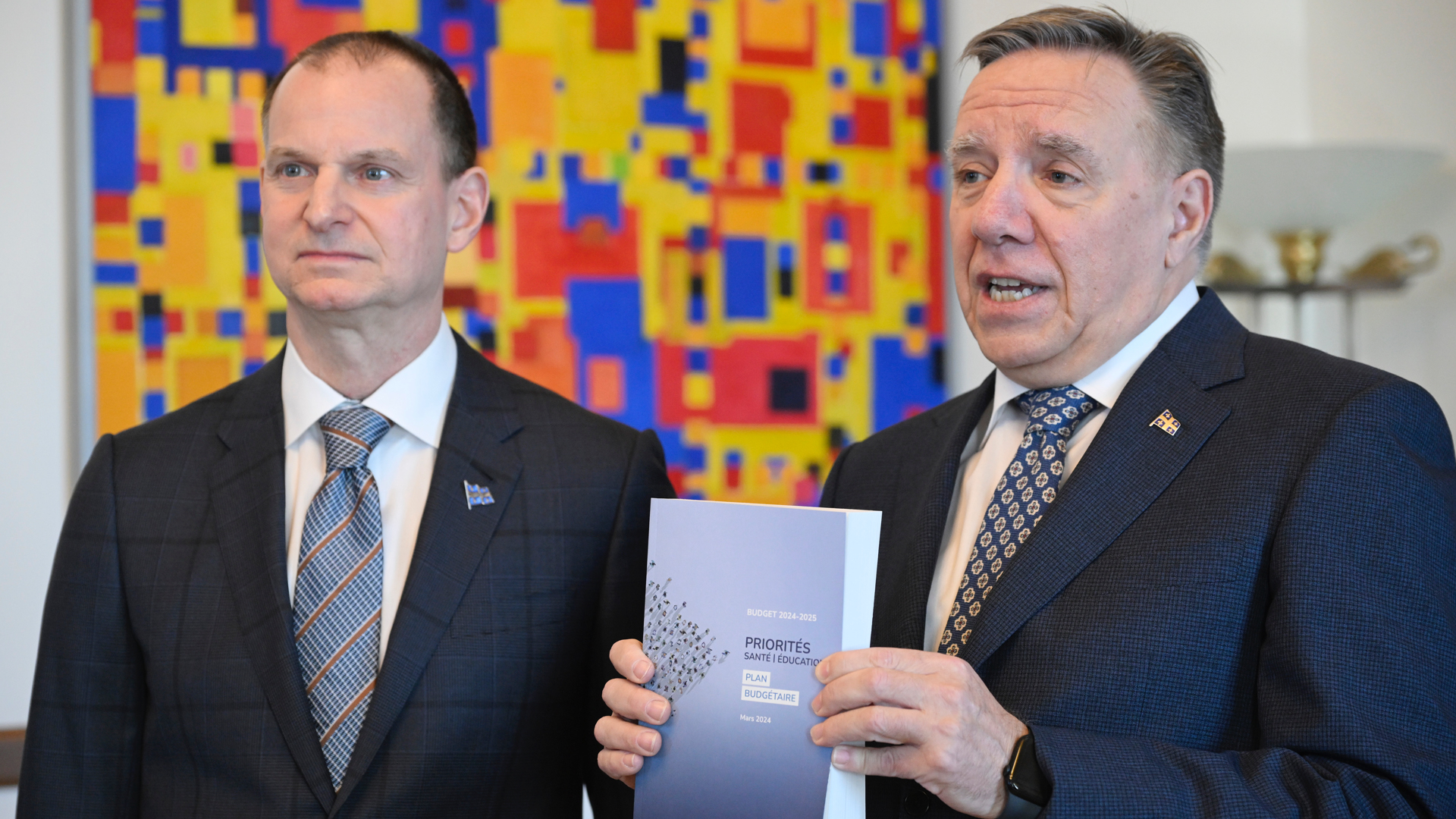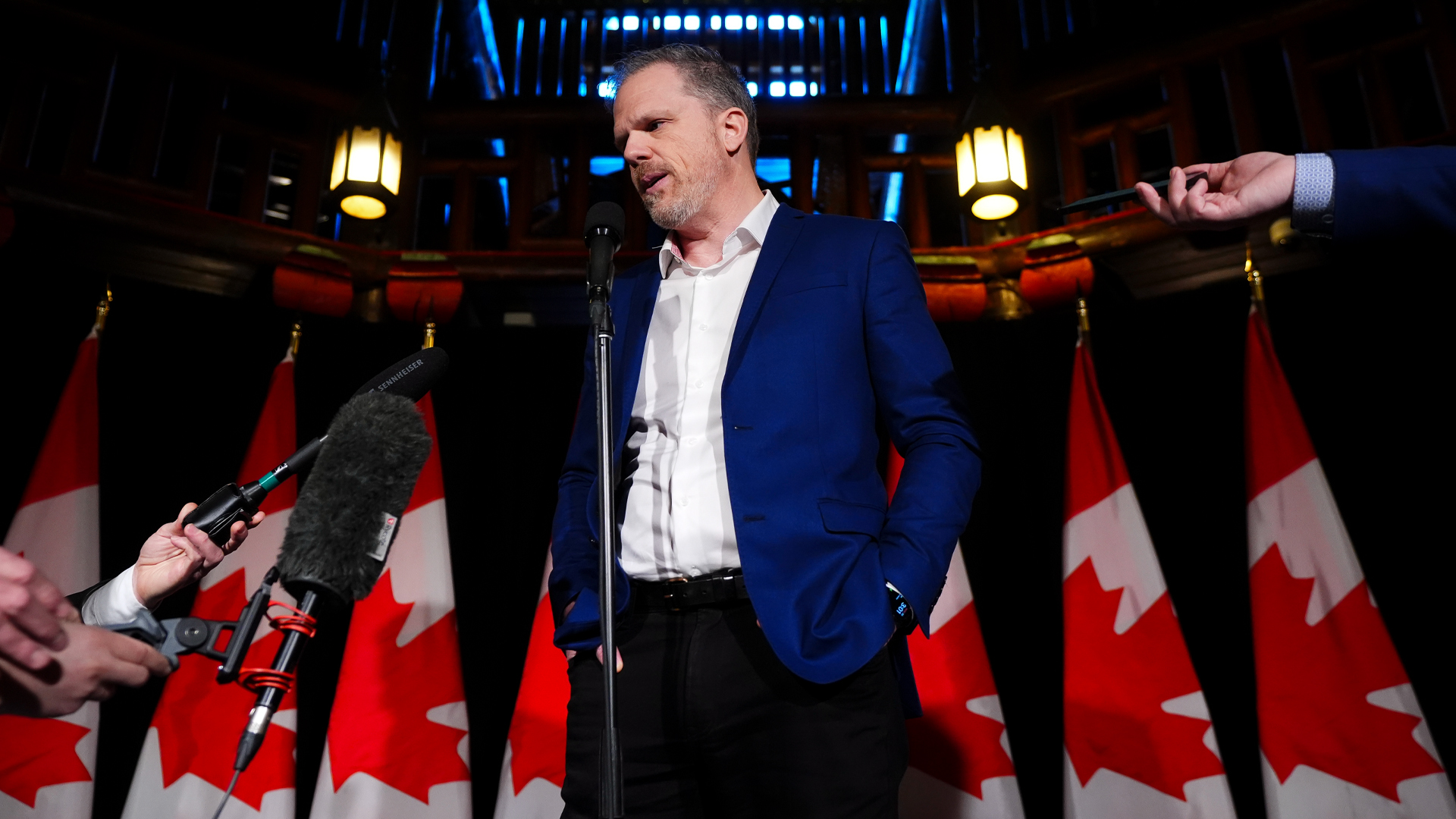
(Version française disponible ici)
The size of the deficit announced for 2024-2025 in Quebec was surprising. Now that the dust has settled, should Quebecers be worried? Is it really a historic deficit? Most importantly, what will be required to return to a balanced budget?
While last year’s estimate was for a deficit of $3 billion, the projection is now $11 billion. Less surprisingly, government revenues have been revised downward as the economic outlook weakens. A drop in profits from government enterprises has weighed on revenue while spending has increased with new collective agreements. The government also announced new initiatives costing nearly $2.2 billion.
Compared to the previous budget, the data in the financial framework show that almost $28 billion in deficits would be added in the years 2023-2024 to 2028-2029. The expected results, as illustrated in the financial framework, point to a structural deficit of around $3 to $4 billion.
A record deficit?
It has been suggested that the $11-billion deficit is a record, notably higher than that observed during the pandemic. But what is the real situation?
The financial framework indicates a deficit within the meaning of the Balanced Budget Act of $11 billion for the year 2024-2025, while in absolute dollars, the largest deficit observed was $10.8 billion in the 2020-2021 pandemic year.
That said, if we subtract the portion of the deficit caused by accounting changes and payments to the Generations Fund (Quebec’s fund dedicated to repaying debt), the deficit related to activities is much greater in 2024 ($8.7 billion) than during the pandemic ($4.4 billion). Few people could have imagined, before the budget was presented, that Finance Minister Eric Girard would present an operating deficit greater than the one during the pandemic year. It remains true even if we exclude a $1.5-billion contingency reserve.
Obviously, if we plot the deficit as a percentage of gross domestic product (GDP) over time, the picture is different. The 2024-2025 deficit is 1.9 per cent of GDP, the second highest since the introduction of the Balanced Budget Act in 1996. At the end of the current fiscal year, we’ll know whether the contingency reserve has been used. If Quebec hasn’t touched it, the deficit ratio would be more like 1.6 per cent.
A postponed plan to return to balance
The finance minister said he will wait until the next budget to table a plan to return to a balanced budget, citing the new Balanced Budget Act passed in December as the reason. He does, however, project a return to balance in 2029-2030.
To fully grasp the effort ahead, let’s look at the year 2028-2029. The path to budgetary balance as currently defined by law projects a deficit that year of $3.9 billion, but the financial framework specifies that to achieve balance, the government will have to find $2 billion from unknown sources. This means that the actual deficit to be eliminated before this gap is identified is $5.9 billion.
Under Section 7 of the new Balanced Budget Act, a deficit that exceeds payments to the Generations Fund – as is the case for the 2022-2023 fiscal year – triggers an obligation to present a plan over a maximum of five years to return to balance in the next budget (March 2024) or the one after that (March 2025). The minister of finance has opted for the March 2025 budget. The law also stipulates that, in the year preceding the return to balance, the deficit must not exceed 25 per cent of the deficit that triggered the submission of the plan.
The plan to be tabled in the spring of 2025 must therefore project a maximum deficit of $1.5 billion in 2028-2029. This implies that $4.4 billion will have to be found – the sum of the gap to be eliminated in the financial framework ($2 billion) and the additional gap required to comply with the law ($2.4 billion).
Impact on debt
Obviously, the projected deficits will have an impact on the debt. The net debt is projected to rise to $263.5 billion in 2028-2029 in this year’s budget, compared with $233.5 billion projected for the period in last year’s budget. The finance minister says he will ensure that debt targets are met when he tables his plan to return to balance.
At present, the net debt-to-GDP ratio is above the new debt targets voted last December – 33 per cent for 2032-2033 and 30 per cent for 2037-2038. However, these ratios respect the Act to Reduce the Debt and Establish the Generations Fund, as they are within the acceptable range (+/- 2.5 percentage points). In the case of the intermediate target of 2032-2033, the projected ratio is at the upper limit.
In view of the deteriorating financial outlook, and its effects on Quebec’s debt ratio, two rating agencies (DBRS and Moody’s) expressed concern in the wake of the budget, without announcing a negative outlook for the province’s credit rating.
To return to a balanced budget, the minister has already revised some wage-based corporate tax credits. He is hoping for better economic health ahead, which would help raise government revenue without increasing the burden on taxpayers. He is also planning to boost the return from government enterprises and to review taxes and budgetary expenditures. He plans to incorporate these measures in the spring 2025 plan to return to a balanced budget. But all the work remains to be done.
This year’s deficit is imposing. So too will be the work involved in balancing the budget and identifying the measures needed to get there. Moving from a structural deficit to a balanced budget is never an easy task. The next few years will reveal just how difficult it is.









